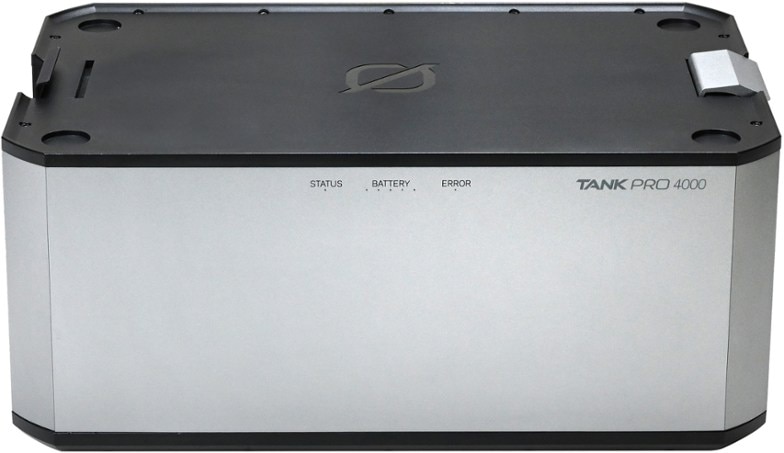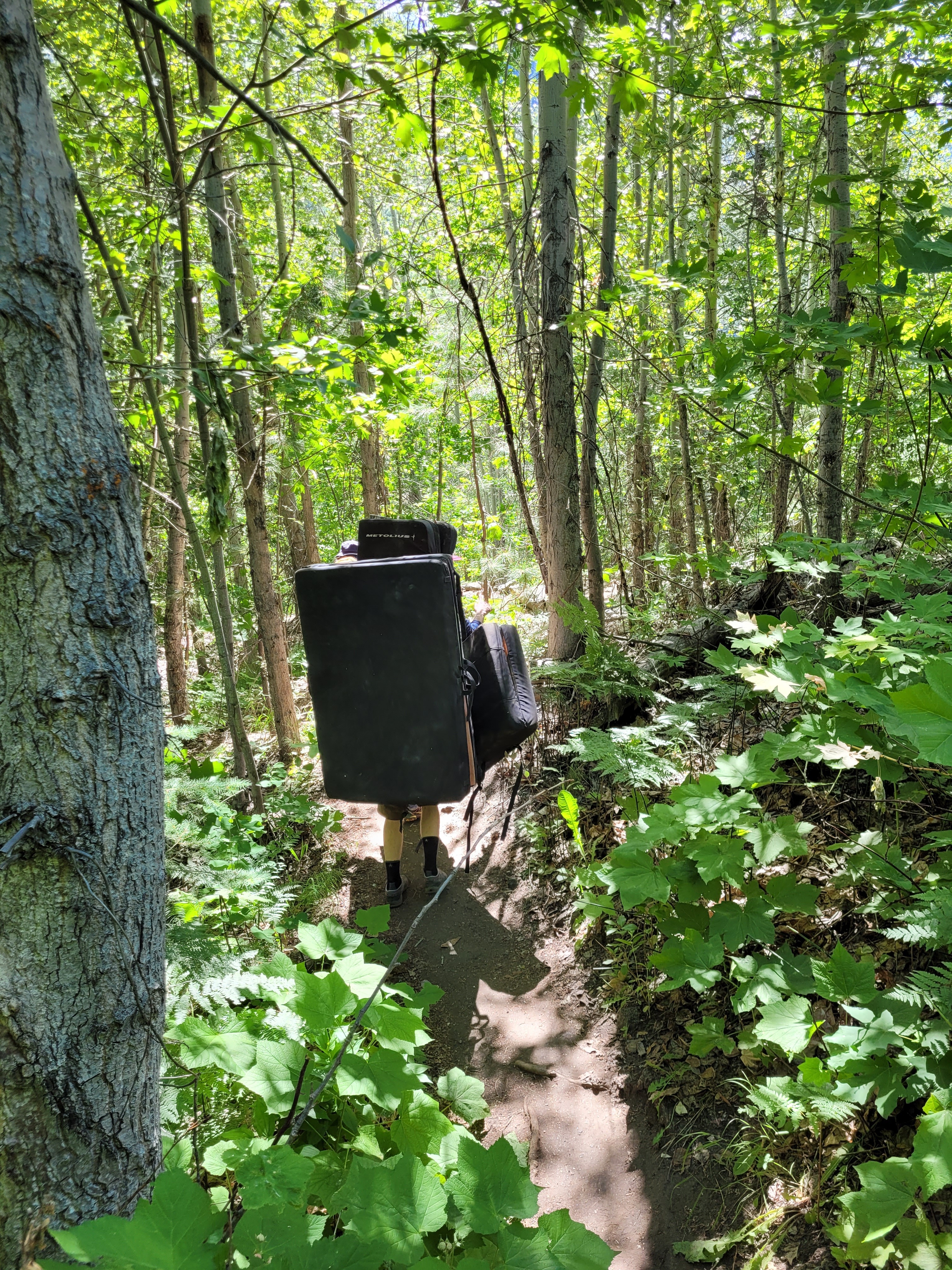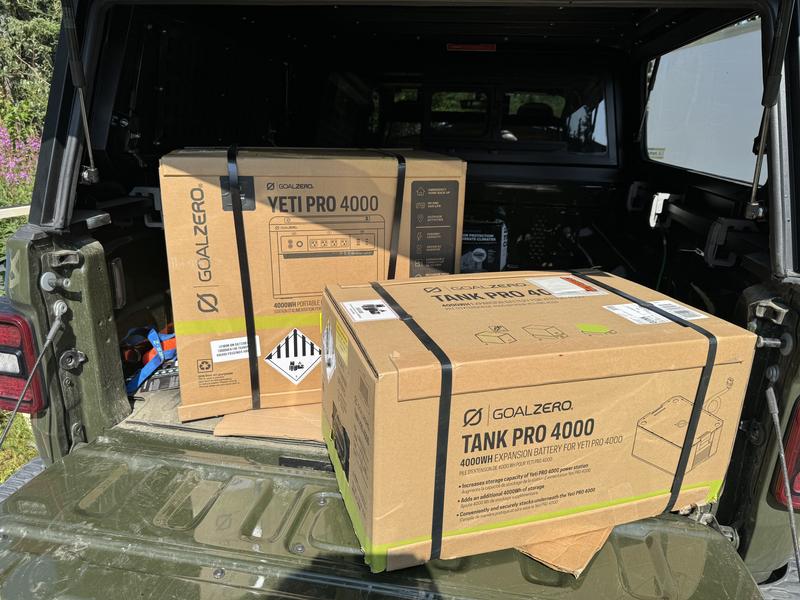Goal Zero Yeti Tank PRO 4000 Expansion Battery
Build out your backup system with the Goal Zero Yeti Tank PRO 4000 expansion battery. The modular system gives you a robust backup that can run the essentials in your home or RV for days on end.
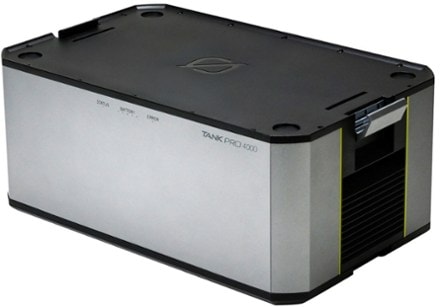



This item pays for membership!
$199
10% Reward
on this and every eligible full-price item*
+
$30
Bonus Card
valid for 30 days after joining*
=
$229
Value
Keep shopping
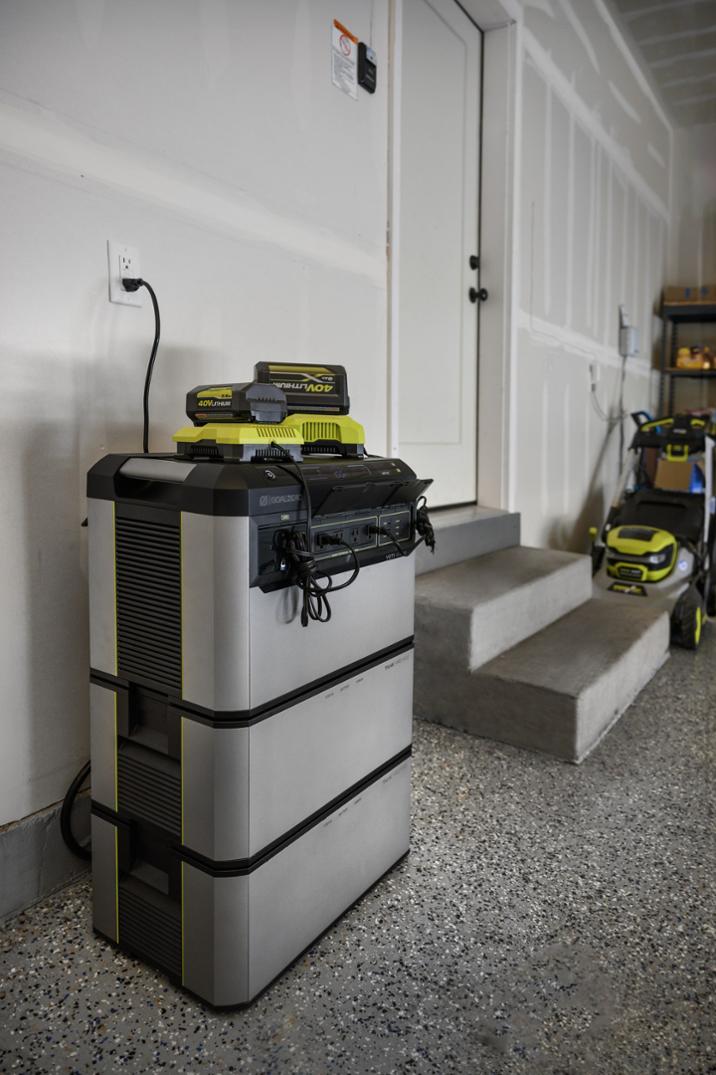
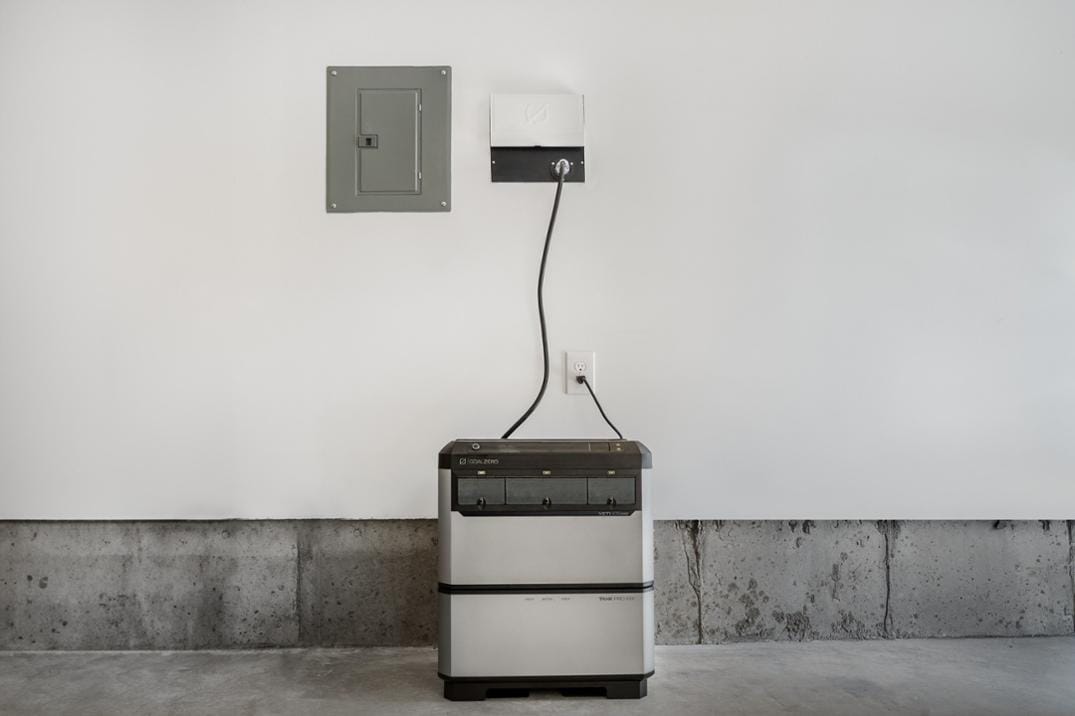


- Designed for use with the Goal Zero Yeti PRO 4000 power station (not included), which is required to charge the Yeti Tank PRO 4000 expansion battery
- Modular design allows you to add more power you as you need it—can combine up to 4 Yeti Tank PRO 4000 expansion batteries with your Yeti PRO 4000 power station
- Battery has increased capacity compared to older Goal Zero models to allow you to power more for longer
- Improved LiFePO4 battery tech provides a longer lifespan than previous Goal Zero generation expansion batteries
- Nests snugly with the Yeti PRO 4000; once connected, the 2 devices sync and function as 1 unit and charge and drain together
- Battery charges while connected to the Yeti PRO 4000, whether the power station is connected to your car, an AC wall outlet or solar panels
- Takes 6 hours to charge both the Yeti Tank PRO 4000 expansion battery and the Yeti PRO 4000 from 0% to 100%
- Manufacturer offers a limited 5-year warranty
Imported.
View the Goal Zero Yeti Product LineView all Goal Zero Portable Power Stations| Best Use | Camping Emergency Preparedness |
|---|---|
| Material(s) | Aluminum/ABS plastic/LFP |
| External Charge | Car / Wall |
| Charge Time (hrs) | Wall: 6 hours |
| Dimensions | 22 x 14 x 13 inches |
| Weight | 80 lbs. 4 oz. |
Write a Review
Adding a review will require a valid email for verification
Customer Images
A good idea…but did not work
I bought the original Goal Zero 4000W unit and it seemed to work well, UNTIL I tried to add the extra battery. Then both the original unit and the extra battery stopped charging and even lost charge as it stayed plugged it. I did every trouble shooting maneuver possible and was on the phone of 7+ hours with various Tech people including an assistant Tech Manager at Goal Zero but they were not able to identify the issue. I bought this from REI because i know they carry reputable products but I did not have success with this purchase.
Goal Zero 4000 + aux battery pack
Goal Zero 4000 + aux battery pack, I’m up to 3 aux battery packs(16KW). Live up in the hills and the wind knocks the power out quite frequently. This setup gives me 4-5days of backup power. Never any issues, mostly just recharge when the power returns. Much easier than running gas generators
Goal Zero's long-awaited, triumphant return to top
MODULAR, SCALABLE POWER Goal Zero had long been considered one of the top power station makers in the World, and wowed buyers, communities, and businesses with the announcement of the Yeti X line in late 2020. The flagship Yeti 6000X provided unparalleled power in a relatively small package that capably kept home circuits, work sites, RVs, trailers, and campers running reliably and safely for extended periods of time. However, over the past 2 years, competitors had released new products that increasingly made the Yeti X series seem comparably old and outdated. When Goal Zero (GZ) announced its Yeti Pro 4000 and Haven Home Backup system in October 2023, I was beyond excited because the company had finally created an updated ecosystem of products capable of meeting or exceeding those of the other well-known brands: EcoFlow, Jackery, and Bluetti. This led me to the recent procurement and review of the Yeti Pro 4000 and its Tank Pro 4000 expansion battery. Those who had been following my reviews know that I am a backup battery enthusiast that many friends, families, colleagues, and strangers often come to for advice and recommendations. What started as a curiosity with bringing solar-rechargeable power to camping trips, obsessing over portable car refrigerators, and area lighting, our outdoor adventures had not been the same since – for better or worse. HOME BATTERY BACKUP In addition to looking at the new GZ Yeti Pro 4000, I had been contemplating about adding a battery backup to our home after a utility blackout last year almost caused our freezer and refrigerator to lose a countless amount of food and necessary medication that one of our children depended on. Luckily, I had several batteries and solar panels available to keep both appliances going, but that weeklong outage in the summer heat had me rethink our power strategy. For those who did not know, a home with solar panels mounted on the roof would NOT provide electricity in the event of a blackout unless a battery storage (think Tesla’s Powerwall) was available to feed from. My home backup choices came down to three brands: Goal Zero, EcoFlow, or Bluetti. Goal Zero had been known for its long track record in safety and reliability as the leader of the industry. EcoFlow (EF) was an up-and-coming star for its surprise engineering chops that left GZ in the dust with the release of its Delta Pro I reviewed 2 years ago. Bluetti was the little player with more affordable prices. Only GZ and EF had a circuit transfer switch available, and the decision narrowed to those two. (Note: At the time, Jackery did not yet have a home backup system available, and EF did not debut its Delta Pro Ultra and Smart Home Panel 2 until CES 2024.) Here is why I ultimately chose Goal Zero to provide battery backup for our house: - Brand recognition - Reliability - Safety - Modular system - Heavy-duty, quality materials - US-based company I look forwarding to installing GZ’s Haven 10 Home Backup later this year. IN A NUTSHELL Goal Zero's Yeti Pro 4000 is the company’s new flagship power station that received a makeover both externally and internally. Of particular interest is the new battery chemistry: Lithium-ion LiFePO4 that promises over 10 years of DAILY use. The company had long resisted switching from the more compact, lighter Li-ion NMC found in its Yeti X series, but I am glad they finally did! NOTE: Due to heavy workload, I will update this with a much more detailed review later (sometime in May/June). From initial impression, I really LOVE this new power station. Li-ion: LiFePO4 vs NMC There had been a lot of debate over whether Nickel Manganese Cobalt (NMC) or Lithium Iron Phosphate (LiFePO4) was better. Both are Lithium-ion batteries. Goal Zero, Jackery, and most of today’s power station manufacturers use NMC, but why did EcoFlow, Bluetti, and now Goal Zero and Jackery use LiFePO4 when they are bulkier and heavier? There are important distinctions, but the best battery is the one that meets all or most of your unique needs. Charge Cycles One of the most significant differences — and buying factors — is the charge cycle count for both battery chemistries. It measures how long the battery can be used for before it must be replaced or thrown away. LiFePO4’s count is as high as 4,000 cycles (as of 2023) whereas NMC is 500+. However, both have a useful life that can range between 3,000 – 5,000 cycles (even as much as 7,000 with proper care). But how does the count determine longevity? Let’s look at Li-ion NMC as an example. It loses about 20-25% of total capacity after every 500 charge cycle. That means after the first 500 cycles, the battery drops 20% from when it was new, then another 20% after the next 500 cycles, and 20% again after that one. It would take roughly 1,500 charging cycles to have the battery last only half as long as when it was brand-new. Thus, it should be usable for 2,000+ cycles or about 6-10 years. Li-ion LiFePO4 can last longer. CAUTION: Lithium-ion (LiFePO4 and NMC) batteries do NOT like to remain discharged at 0% for prolonged periods of time. If you let your battery stay at 0% for too long, you may not be able to charge it again without specialized equipment. Keep them at between 20-80% while in storage to maximize their lifetime. LiFePO4 Advantages - Safer, less volatile, and thus cheaper to manufacture - Higher charge cycle: 1500-2000 (10+ years). NMC: 500+ (6-10 years) - Usable in more extreme temperatures (-4F/-20C to 176F/80C). NMC: only 140F/60C max - Holds 350-day charge. NMC: 300 NMC Advantages - Smaller and lighter. Allows for more portable products - Faster charging
Oxygen concentrator backup system…
My dear wife is on an oxygen concentrator when she rests and at night. She suffers from hypoxia without it. We live in a remote area and power outages are common. We’ve added the tank to one of our Pro 4000 units and it has doubled the number of hours that she is protected. We own a variety of GoalZero units and have done business with them for well over s decade…product reliability and service have been exceptional. What few minor hiccups we have experienced have been resolved in a timely manner without issue…
Charging challenge
Tank arrived on time and was easy to set up and attach to our Yeti 4000. The units serve as backup for several home circuits for power failures. Charging up the tank was a challenge -- input kept shutting off after charging for 30 minutes and had to be re-started by unplugging AC charge source and then plugging in again. An internet search revealed that changing the Yeti switch from 'rapid' to 'slow' charge would help and that fixed the problem (but it now takes much longer to charge).
Expanding my Pro-4000 to Pro-12000
This was my second Pro-4000 Tank purchase, thereby yielding a "Pro-12000". Combined with the Haven-10 that I bought with my initial Pr0-4000, I have ongoing throughput backup of one critical circuit in my house, as well as on-demand backup of several more circuits that will allow me to selectively restore backup power to several refrigerators and lights in the event of a prolonged outage. I am very happy with the peace-of-mind that the Yeti Pro-4000 (+) system provides.
Disappointed
Bought a few weeks ago and disappointed. Had the 3000 in our van for several years with no issues upgraded to 4000 pro. 12 v shorts out at random times. The DC to DC charging cable seems to have melted together. Also, concerns about it draining the car battery. Issues with keeping the app connected. If we get satisfactory customer support I will update the review
Great idea but falls far short.
Nothing but problems. The automatic activation on power failure does not work with modern circuit breakersxrequired for building permits. Have had Pro and 2 batteries replaced (under warranty). Lost to connection to app and cannot restore.
Back up system
Bought this three weeks ago snapped in really easy connected to cable and charged up perfectly. I will have the wall panel installed next week. I will do another review a month after I have everything installed.
Great addition!
I bought this during the super sale days. So glad I waited as this is an expensive addition. It connected well and paired evenly with the tank. I’m satisfied to the point that I purchased another.

